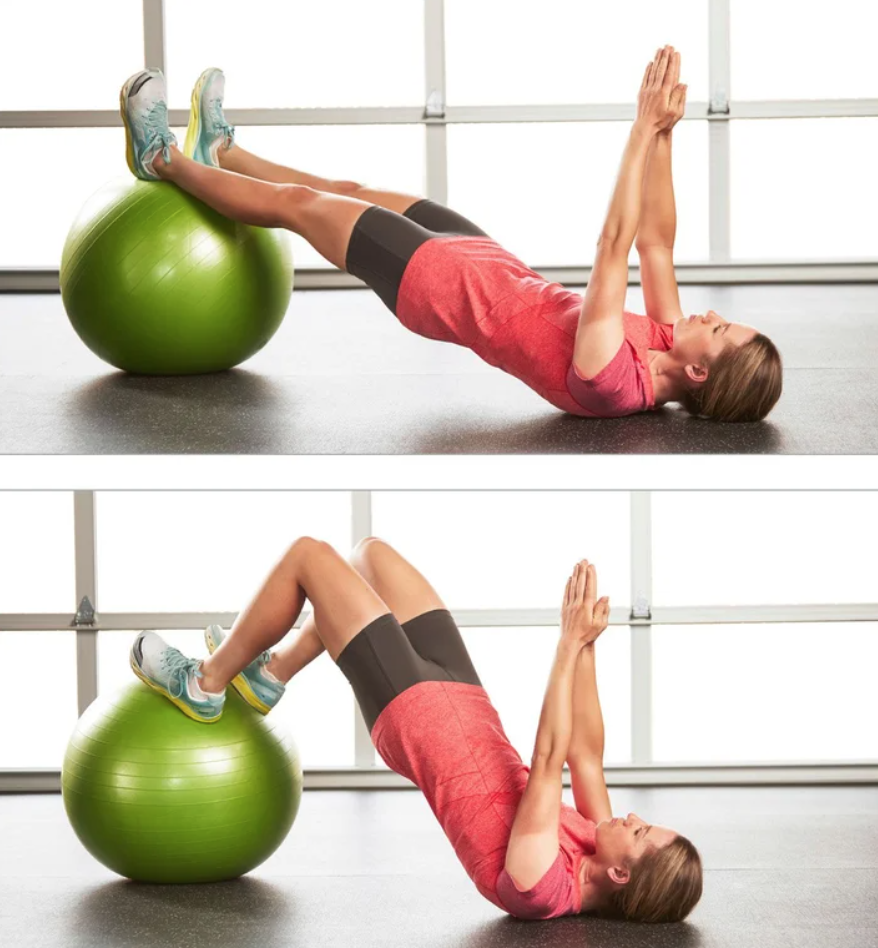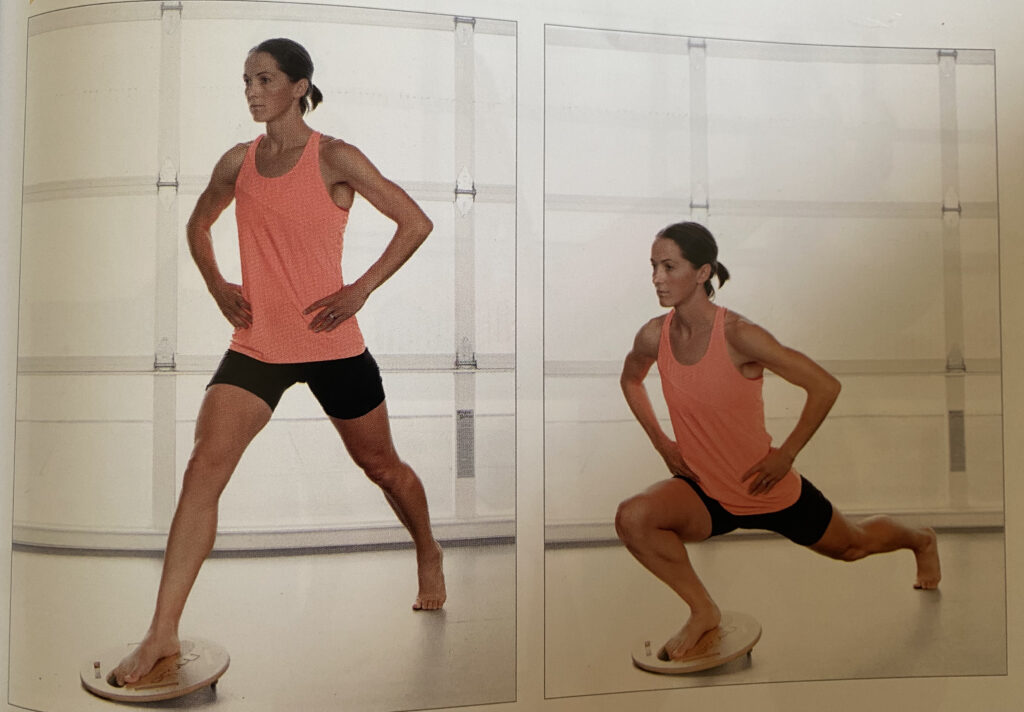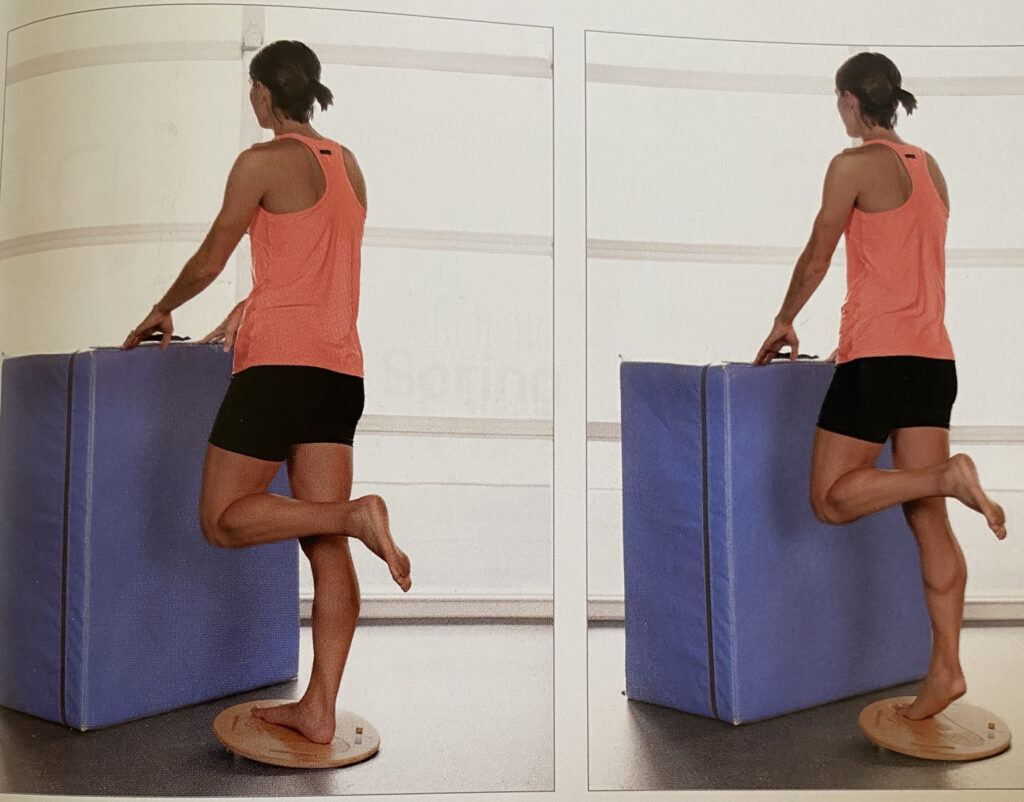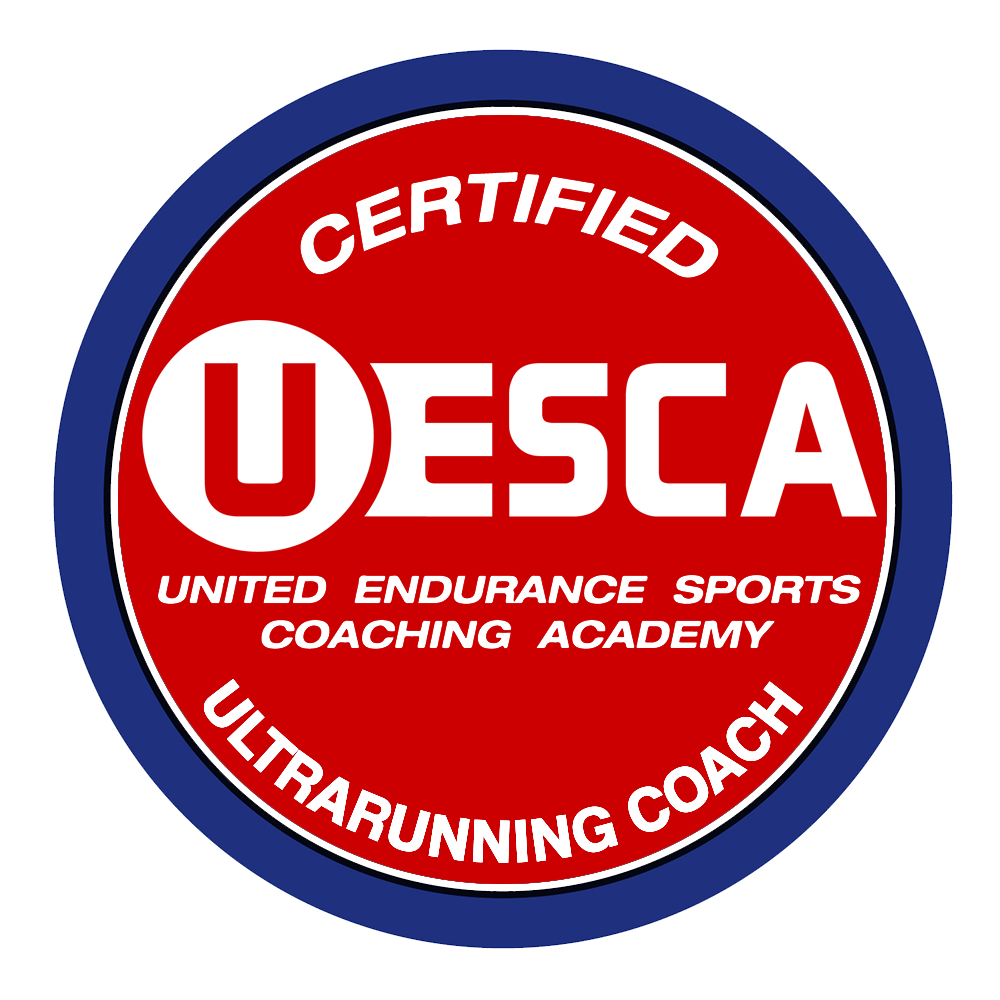The Truth About Tendon Health
Science has learned a lot about tendon health in recent years. The truth may go against what many runners have been doing to take care of their tendons.
Tendons are your springs. They connect muscle to bone and act like rubber bands – storing and releasing elastic energy as we run. Tendons can handle a lot of load. The achilles tendon (one of our longer tendons) sees about 5-7 times our body weight as we run! However, tendons are not the happiest when working constantly like a muscle. They prefer to experience high load a few times and then rest. Because running demands constant high load, it is important to understand how to build strong tendons to better handle this load.
Tendons do not have a great blood supply. They don’t experience the typical inflammatory immune response that the rest of the body relies on to deal with trauma and injury. So technically, tendonitis is impossible. ‘Itis’ refers to inflammation. Since tendons can’t experience inflammation, a more correct term for tendon pain and injury is tendinopathy – implying degenerative changes inside the tendon. When a tendon is constantly overloaded it breaks down and loses its elasticity. Faulty biomechanics are usually the culprit when it comes to achilles tendon breakdown. Building a stronger foot is key to maintaining a resilient achilles tendon (that’s a topic for another day).
Science knows that tendons require load, not rest, to improve, heal and get stronger. Most runners, myself included before I learned otherwise, will rest when they experience achilles pain. With rest, the pain goes away, and runners get back to running. Unfortunately, they usually find that the pain comes right back, or even advances up into their calf muscle and becomes even more debilitating than before the rest. Rest does not heal tendons! Tendons need load to heal. Technically, tendons rely on mechanotransduction – literally “turning movement into repair”. So yes, even though it might hurt, you need to load a tendon to heal it.
The key is finding the sweet spot on the pain scale. On a scale of 1-10, where 0 is no pain and 10 is extreme pain, the sweet spot for tendon repair is 3-4. Because tendons love to be loaded quickly, to stress them out and induce repair you want to load them slowly – ideally 24 reps that each take 4-6 seconds. For example, calf raises are the primary go-to exercise for dealing with achilles pain. Pay attention to your pain response a day later. If 24 calf raises on flat ground, barefoot elicits a 1 out of 10 on the pain scale the next day, then try using a MOBO board or holding a 15 lb dumbbell to increase load. If however, your pain is a 5 out of 10 the day after your calf raises, then you need to notch things down a bit. You still want to do 24 calf raises (2-3 seconds raise and 2-3 seconds lower) but use both legs so that your painful achilles is doing less work. If your pain level was a 3 out of 10 the day after your calf raises, then repeat the barefoot exercises the next day. As these become easy and your pain response drops to a 1 or 2 out of 10 the day after your calf raises, then it is time to increase the load.
In general, aim to do tendon loading 2-3 times per week paying attention to your pain response and increasing the load accordingly. As I mentioned, calf raises target your achilles tendon. Try hamstring curls on an exercise ball for hamstring loading, and a helicopter lunge on a MOBO board to target your quads.



Whether you are injured or not, it is smart to incorporate these exercises into your schedule. Most runners experience injury at some point. Building a stronger body, with more resilient tendons, will help keep you on the uninjured list. Happy running!
